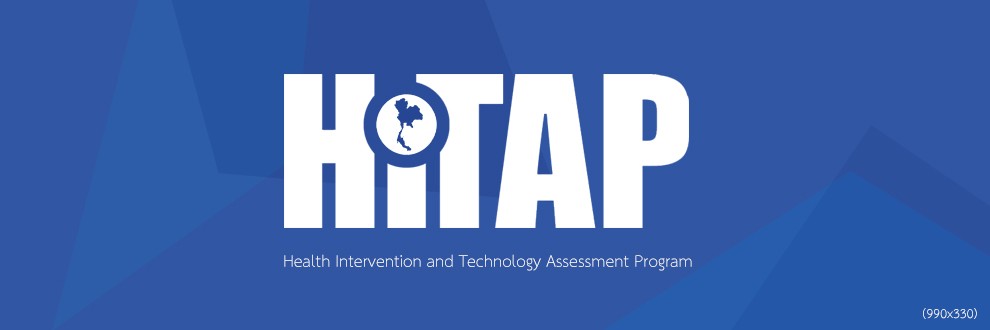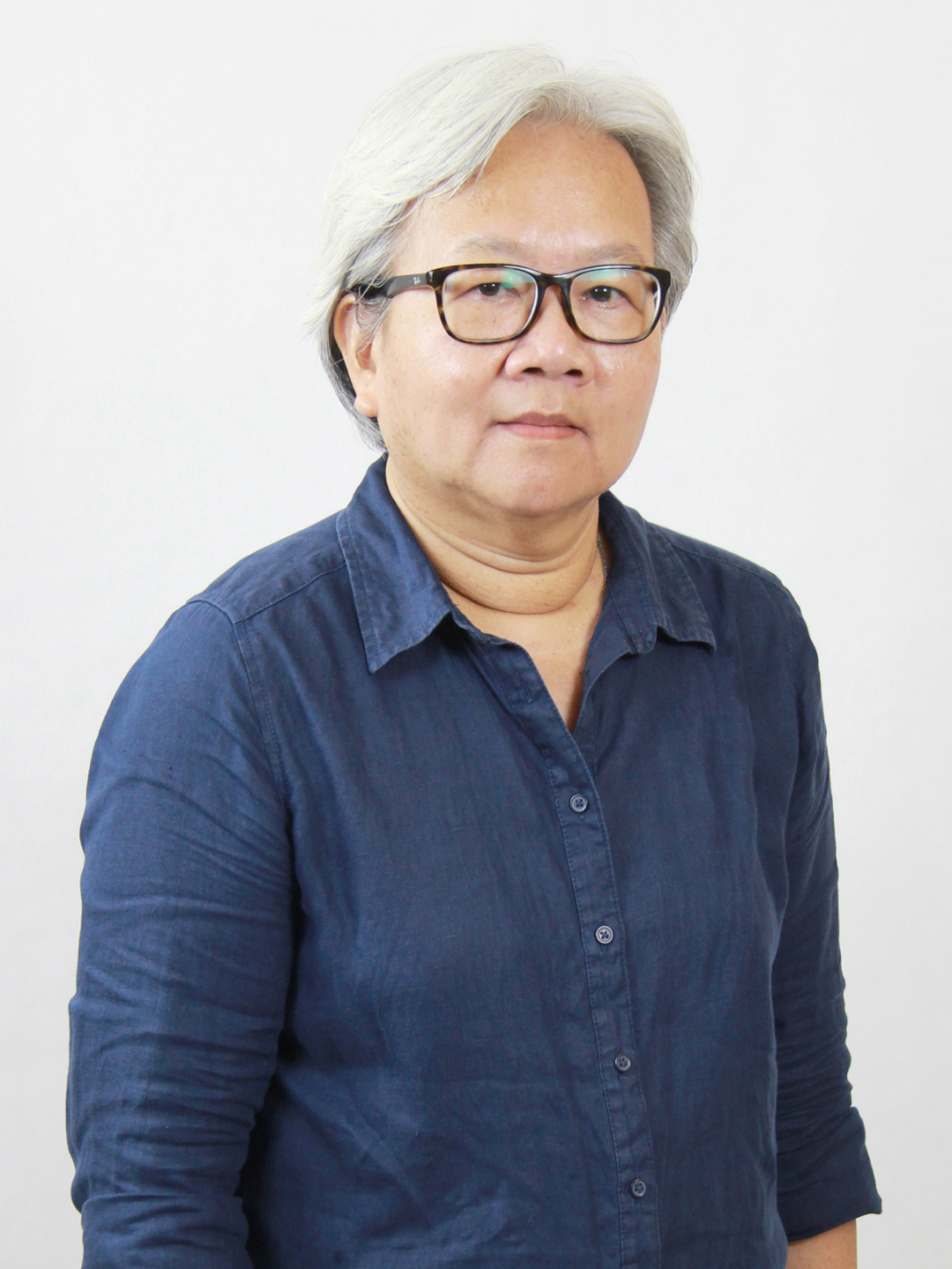This website uses cookies so that we can provide you with the best user experience possible. Cookie information is stored in your browser and performs functions such as recognising you when you return to our website and helping our team to understand which sections of the website you find most interesting and useful.
The Potential of Provider-initiated Voluntary HIV Counseling and Testing at Healthcare Settings in Thailand
Project Code
01-316-2550
Research team
Researchers
Co - Researcher
Yuwadee Leelukkanaveera, PhD(candidate)

Usa Chaikledkaew, PhD.

Montarat Thavorncharoensap, PhD.

Sitaporn Youngkong

Adun Mohara B.Pharm, M.Sc.(Health Economic)
Project Details
Strategies
Category
Support
Tags
Project duration
Start: - 2014
End: -
Contact
Project Status
Completed - 100%
Viewer: 2192
Publish date11 December 2011 11:39
Project Summary
This study aims to evaluate the cost, effectiveness and feasibility of setting up routine offers of HIV counseling and testing in community hospitals. Three methodologies were used : the first was Cluster Randomized Controlled Trials in 16 community hospitals, the second was a cost-effectiveness analysis and the third was qualitative research to investigate the feasibility and acceptance of the program if it is implemented. The preliminary results showed that the acceptance rate for HIV counseling and testing in experimental hospitals in the intervention period was 5.16% compared with 0.41% in control hospitals. The number of new HIV cases detected increased from 9 persons in control hospitals to 21 persons in experimental hospitals. The effectiveness of the program after being adjusted for the prevalence of HIV infection, and the location of the hospital, was 60.79 (IRR =60.79, 95%CI =28.74, 128.56) and 3.77 (IRR =3.77, 95%CI=1.01, 12.91) for acceptance rate and HIV detection rate respectively. Cost-effectiveness analysis showed that routine offers of HIV counseling and testing had a cost-effectiveness ratio of 67,748.32 baht/ new case of HIV detected and 465,952.32 baht/ new case of HIV averted. Qualitative research investigating the feasibility of the program will be done next time.







